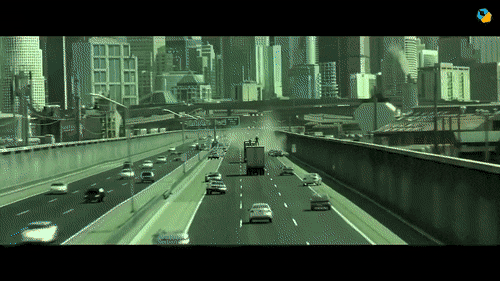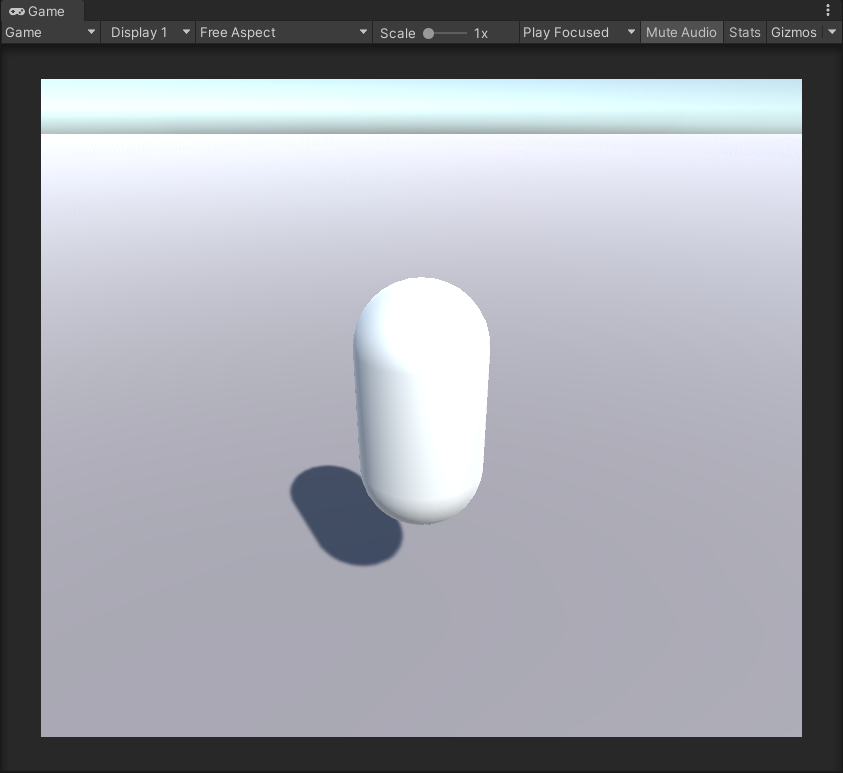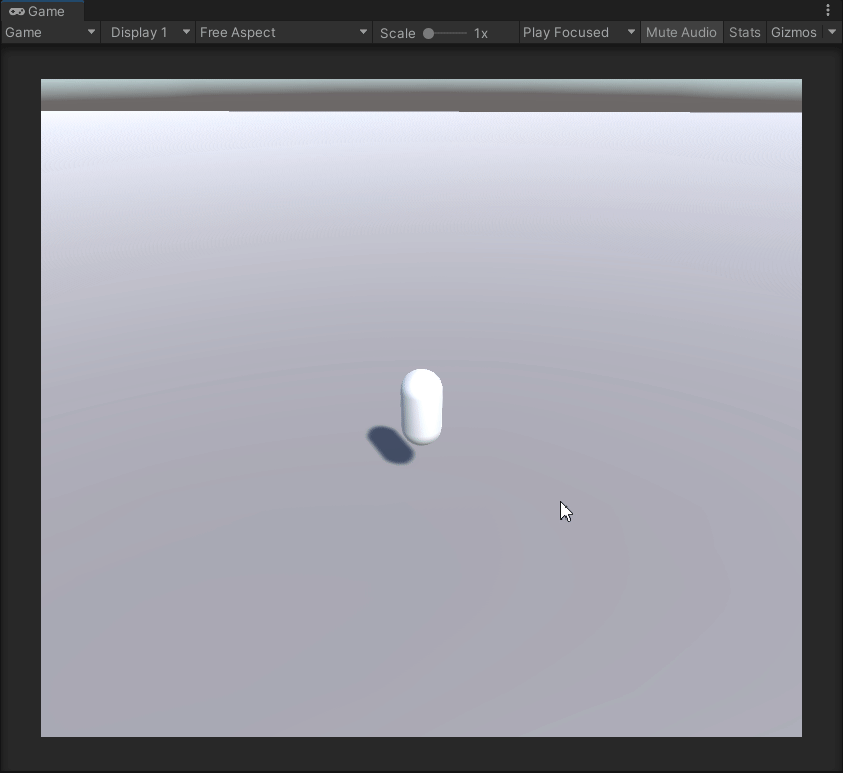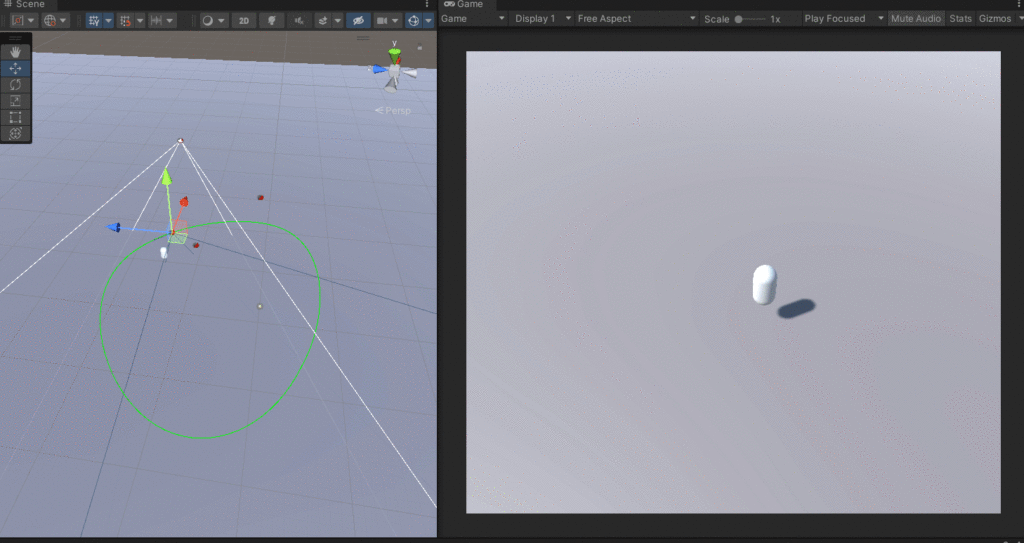
Cinemachine is a powerful tool that allows developers to easily create and manage dynamic, visually pleasing camera shots in their games and interactive experiences. One of the key features of Cinemachine is its ability to create various types of “bodies” that can be used to control the camera’s behavior in the scene. In this article, we will take a closer look at four of these virtual camera bodies: the 3rd Person Follow, Orbital, Tracked Dolly, and Transposer.

The 3rd Person Follow body is used to create a camera that follows a character or other object from a fixed distance and angle. This type of camera is often used in third-person games, where the player character is visible on screen in an over the shoulder look. The 3rd Person Follow virtual camera allows the developer to specify the target object to follow, as well as the distance and angle at which the camera should maintain relative to the target.

The Orbital body is used to create a camera that orbits around a target object, keeping the target in the center of the frame at all times. This type of camera is often used to give the player a more dramatic and immersive view of the environment or character. The Orbital body allows the developer to specify the target object to orbit around, as well as the radius and height of the orbit. The camera can also be configured to smoothly adjust its position and orientation over time, helping to create a more seamless and dynamic look.

The Tracked Dolly body is used to create a camera that moves along a predetermined path, often on a dolly track or other fixed rail system. This type of camera is often used to create more complex and cinematic camera shots, such as sweeping panoramas or dramatic tracking shots. The Tracked Dolly body allows the developer to specify the path that the camera should follow, as well as the speed at which it should move along the path. You can adjust the track in any direction or pitch that you like to help achieve the looks you’re aiming for.

The Transposer body is used to create a camera that follows a target object while maintaining a fixed position relative to the target. This type of camera is often used to create a more focused and intimate view of the target object, such as a character’s face or a small object in the environment. The Transposer virtual camera allows the developer to specify the target object to follow, as well as the position and orientation of the camera relative to the target. The camera can also be configured to smoothly adjust its position and orientation over time, helping to create a more natural and dynamic look.
Overall, these four bodies are powerful tools for creating dynamic and visually pleasing camera shots in Unity. Whether you are developing a third-person game, a cinematic experience, or something in between, these virtual cameras offer a range of options for creating the perfect camera behavior. Until next time, happy coding.
